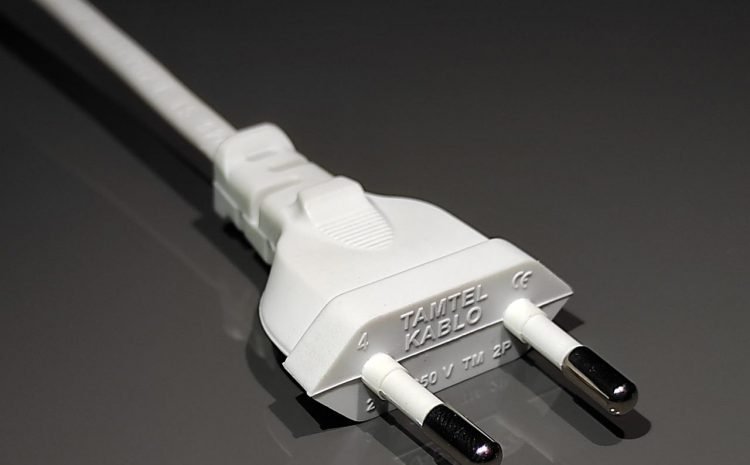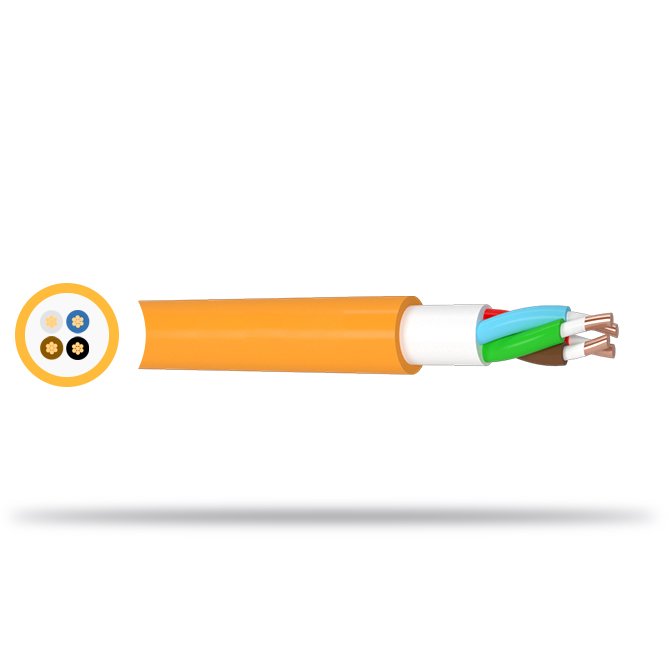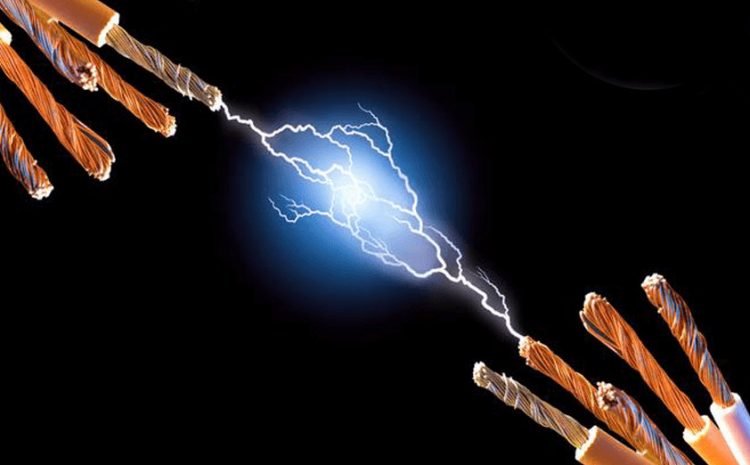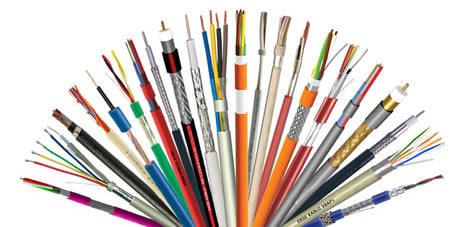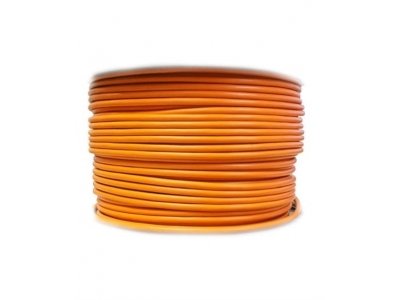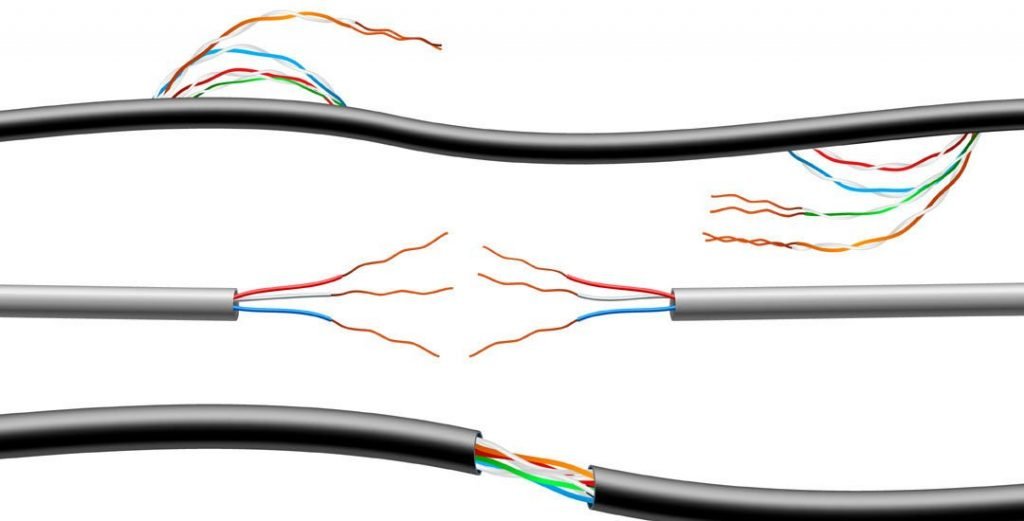
How to Choose a Cable Suitable for Your Needs?
In addition to being used in the transmission of electric current or electrical signals, the structures that have the feature of connecting two electronic devices to each other, basically consisting of two parts, conductor and insulator, are called cables. The conductive part may consist of several strands or a single strand. Copper or aluminum wires are used in the conductive part of the cables. Which material will be preferred may vary depending on the intended use of the cable. The insulating parts of the cables can also be made of different materials.
Considerations During Cable Selection
It is possible to transport electrical energy from the power plants where it is produced to the last point where it is delivered, thanks to cables. Electrical energy is distributed and transmitted through cables according to voltage levels and various sections.
In order to make the right cable selection, it is very important to know the structures, ratings and characteristics of the cables. If unsuitable cables are selected, it is not possible for the fuse and safety measures to work efficiently. In addition, there may be the possibility of encountering situations such as loss of life and property.
In which environments the cables will be used, what kind of external effects they will encounter and what kind of reactions they will give to possible environmental conditions are among the points to be considered. After determining the type of cable, the electrical cross section of the conductor to be used in the cables must be determined. During the cable section determination phase; voltage drop, current carrying capacity and short circuit current parameters should be considered.
The maximum current value at which the use of the cable can be continued safely is called the current carrying capacity and has a direct effect on the selection of the cable cross section. The fact that it does not lose any of its properties in the face of temperature is one of the most important features sought in cables.
The decrease in the voltage from the source to the load due to the losses caused by the internal resistance of the conductor is called voltage drop. Since this loss increases with the extension of the carrying distance, the need to enlarge the conductor cross-section arises.
The short-circuit current, which is the amount of current flowing during the short-circuit period in the region where the short-circuit occurs, is known as a time-varying parameter in alternating current systems.
At the same time, safety, cost and losses can be minimized by choosing the cable according to the motor power. Normally, if the smaller cable is selected, it may be possible to burn the motor while running. This leads to both production and cost loss.
Today, the increasing need for energy makes the use of underground cables a necessity. Underground cables are insulated according to the voltage group they are used in and can be used underground, outdoors and under water.
It is very important that the selected cables have a high level of security for residential areas and are not affected by atmospheric events.
In addition to knowing the operating voltage of the cable during the application, values such as capacity, impedance and return loss for cables are also of great importance. The cable assembly may need to be fixed or mobile. This should also be taken into account in the cable to be selected. Since sheath and core colors are of great importance for the installation in cable application, color coding should be done in harmony with the system.
The cables to be used in fire systems must be fire resistant and flame retardant cables.
How to Choose a Cable According to the Purposes of Use?
Cables according to their intended use;
● Control and signal cables,
● Communication cables,
● Energy cables,
● Separated as telephone wires.
While selecting the control cable; Points such as whether the cable will be used inside or outside the building, its resistance to ozone-weather conditions, whether it will be laid under or above the ground, should be known. Unless a special condition is specified in the control cables, NYAF type cables are used. Multi-core NYAF cables have the ability to be bent and shaped easily. Their cross-sections can vary according to the power of the element they control. It can also be used in sections above the section that should be used as a control cable. In addition to causing an increase in cost, this situation ensures safer operation of the cable and increases its mechanical strength. Some panels may have different voltage values such as 24V and 220V. In this case, it may be possible to have control cables carrying different types of current, such as DC, AA, in the same channel. In this case, it is important that the cables are of different colors.
When choosing the power cable, first of all, exploratory work should be done in the place where the panel will work. During the exploration, the total power of the active receivers that the panel will control and the conditions of the environment where the panel will be located are determined. After determining the power of the active receivers to be commanded by the panel, in case of maximum power draw, voltage drop calculation is made on the condition that this power is taken into account. In this way, it is possible to determine the current carrying capacities with the power cable sections to be used in the electrical panel. While determining the environmental conditions of the environment where the panel will be mounted, possibilities such as humidity, chemical threat, and fire probability are determined. And the power cables that are produced in accordance with these working conditions are selected. In order to be more cost-effective, power cables are generally preferred as copper and aluminum.

